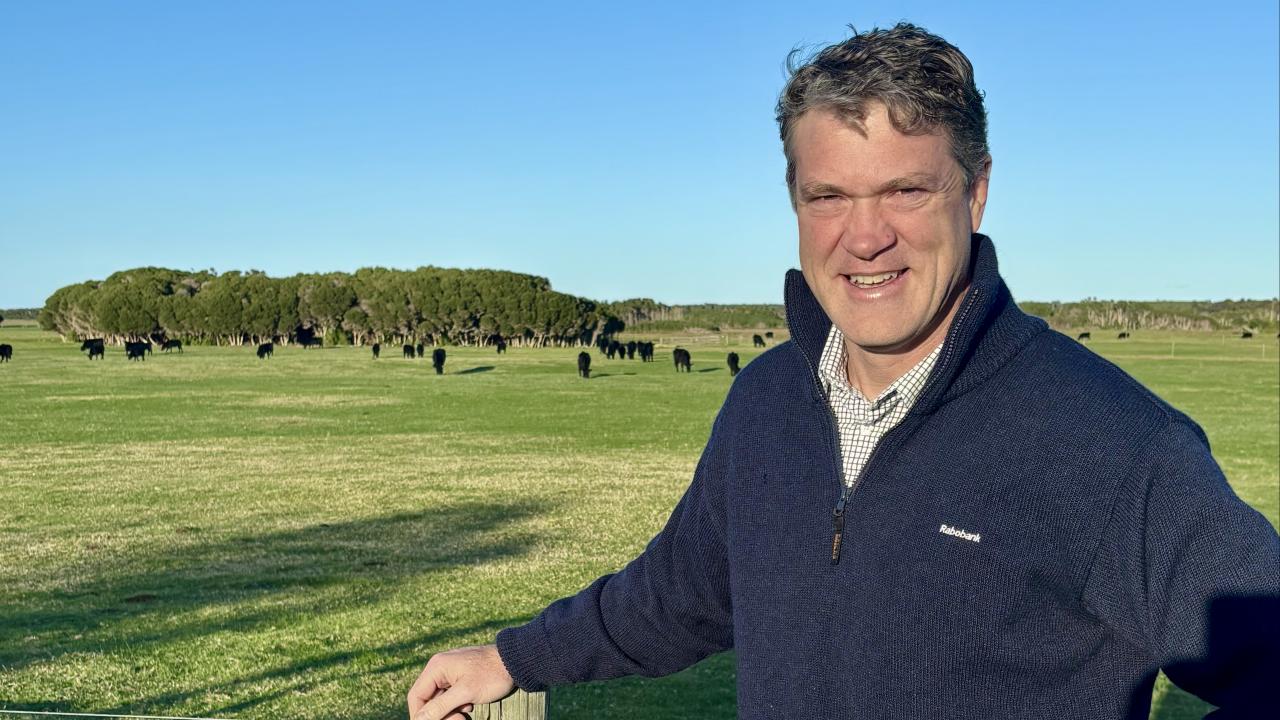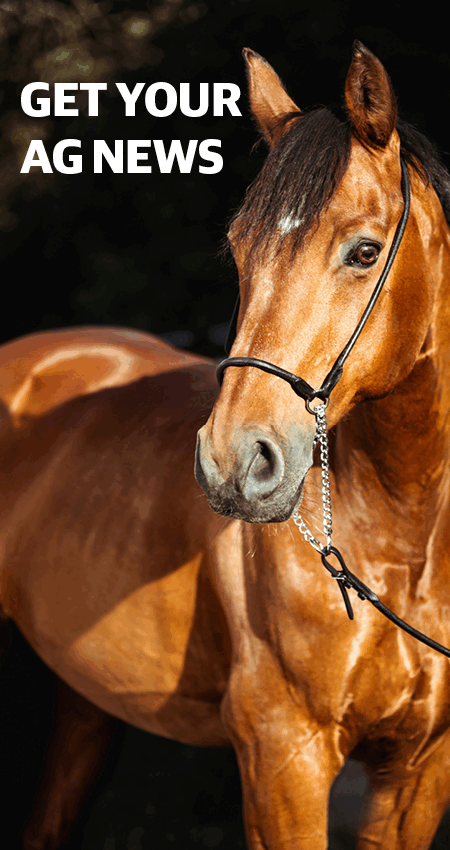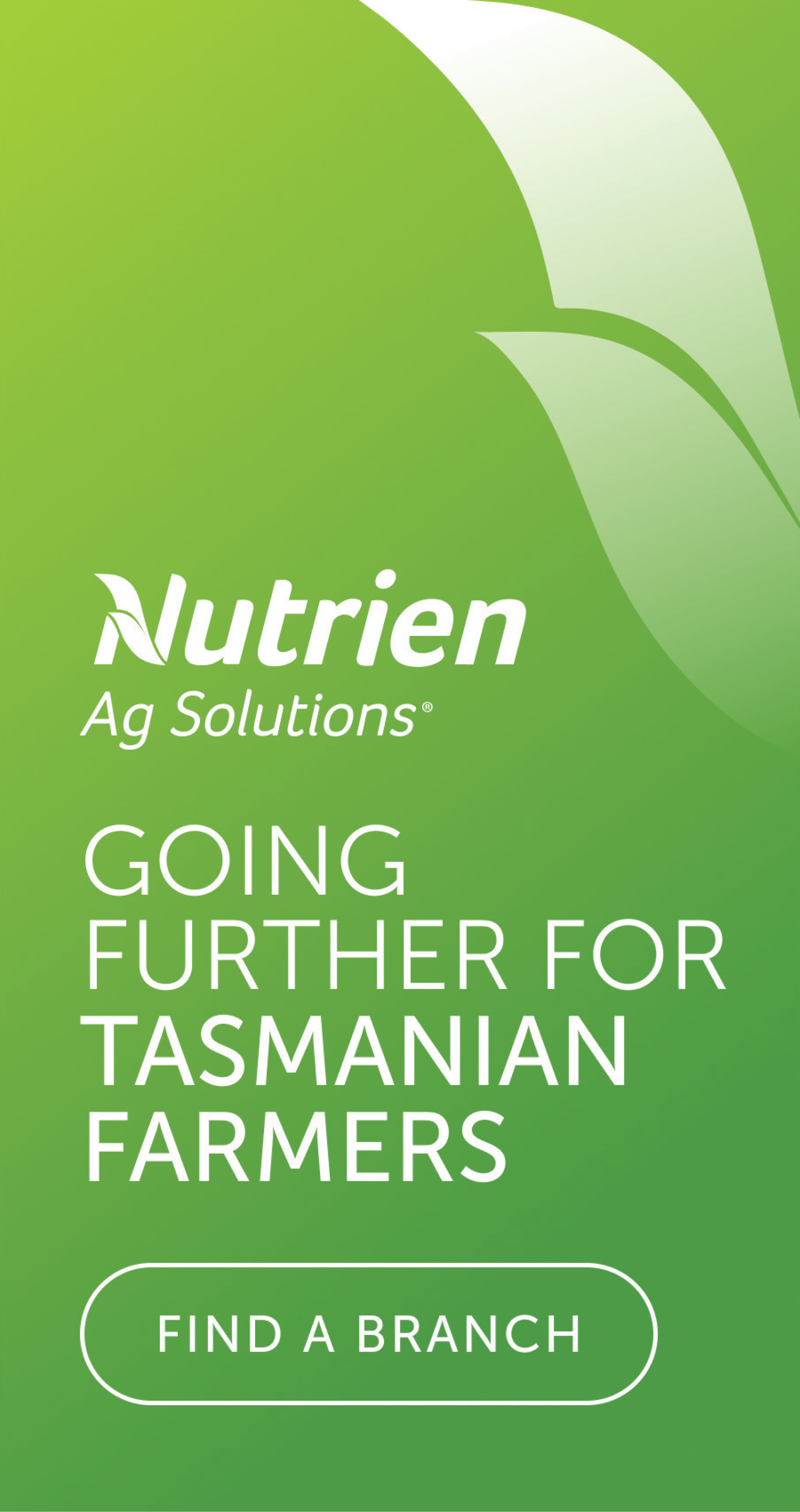Tasmanian to benefit from beef burger boom

AMERICA’S search for the perfect burger will keep Tasmanian beef exports alive and well, according to RaboBank representatives on Flinders Island recently.
Visting the Bass Strait farmers to allay tariff fears and explain the current state of the market, the take-home message was one of optimism.
RaboBank Tasmania area manager Stuart Whatling said that 90 CL lean trim beef exported from Australia to the US complements the fatter beef produced in the US for the fast food market.
“What that means for the local beef industry is that even with the 10 per cent tariff there is demand and we can still supply lean beef cheaper than they can produce it in the US,” Mr Whatling said.
“The impact of the tariff only adds two cents to the cost of a burger, and they are getting our beef for $3.21 a pound when in the US they would be demanding $3.33 a pound.
“And all of the competing markets sending beef into the US have been hit by the same tariff so no one has a competitive advantage over us, including Brazil which sends 313 tonnes a year to the US, about 30 per cent lower than our 430,000 tonnes.”
Among the RaboBank contingent was Melbourne-based senior animal proteins analyst Angus Gidley-Baird, who also looked ahead to how general global trade impacts are likely to play out – especially in Asia.
He informed Flinders Island beef farmers that Asian buyers are preferring to source Australian beef due to volatility in the US market and because it’s not as far to ship.
He said that with the beef herd contracted in the US bringing relatively high prices, often around US$800 (AU$1220) for day-old calves going into the system, the global price for cattle is edging higher.
“With beef cow slaughter numbers depressed and ongoing supply challenges, prices are rising,” he said.
“The only reason our lean trim is not getting the same prices is because it goes through one or two buyers and demand is not increasing.
“Both MacDonalds and Burgers King have reported comparative year-on-year sales declines, up to three percent, with a decline in consumption reflecting the general economy over there.”
“Meanwhile the China market is recovering and prices are just starting to trend upwards.”
RaboBank is predicting the next cyclical high in cattle inventory in Australia, and is looking forward to producers being in a position to de-stock.
Both production and slaughter has been steady but its modelling is showing an increase by the end of the year.
At the well-attended Flinders Island meeting, other points of interest for farmers were: Cattle numbers in feedlots has been close to capacity but numbers are expected to steady.
Slaughter numbers are up 11 per cent on last year, but more importantly the cattle are heavier on average.
Local abbatoirs (Greenhams and JBS) are at capacity but there is more availability in Victoria.
Prices are expected to rise slightly from this time forward and trade around 360 cents per kilo liveweight.
Australia exports around 76 per cent of its beef production to the US, consumes around 24 per cent and the rest goes to Japan, Korea and China.
Most Flinders’ beef cattle are sent off the island to be fattened at feedlots and the move has been steady away from sheep to beef in recent years.
“While they’ve had some struggles with drought conditions in recent times, there really are some excellent producers on the island they work collaboratively to lift their performance and capability as farmers,” Mr Whatling said.
“They are always look ing towards best practise and improved production tech niques and they do a first-class job.”




Add new comment